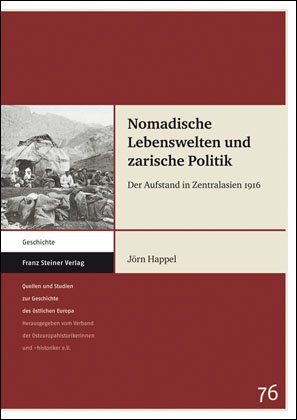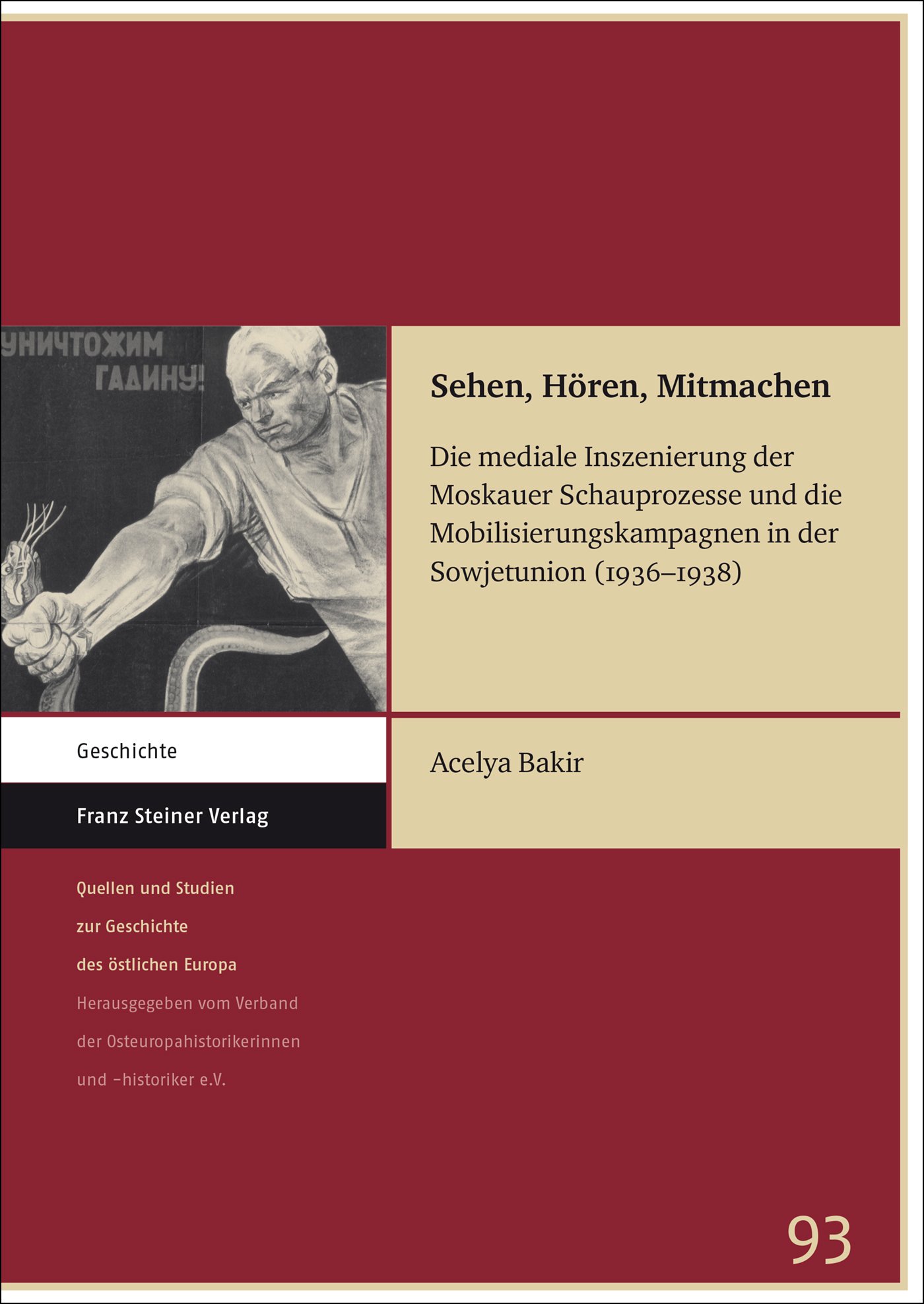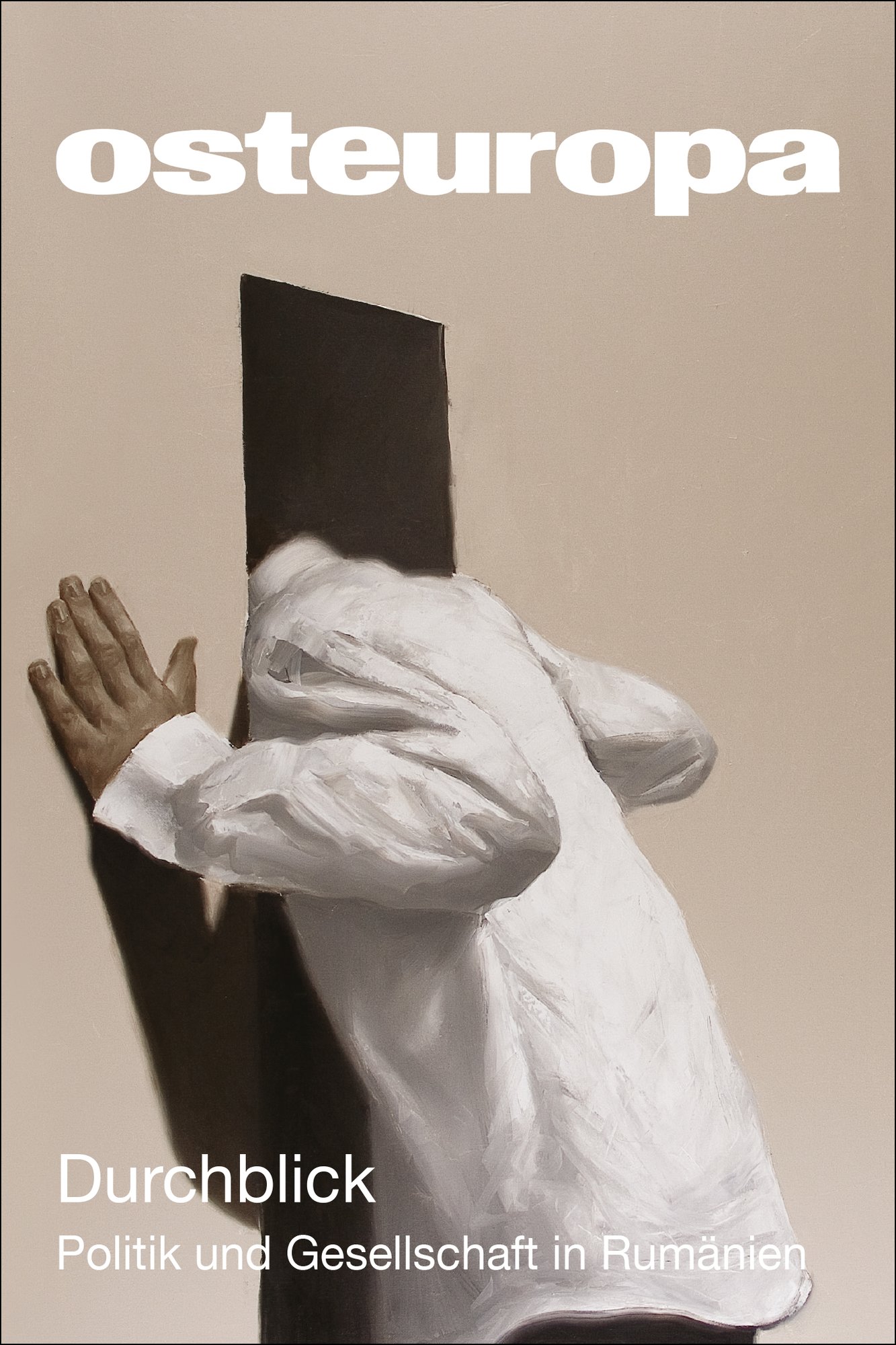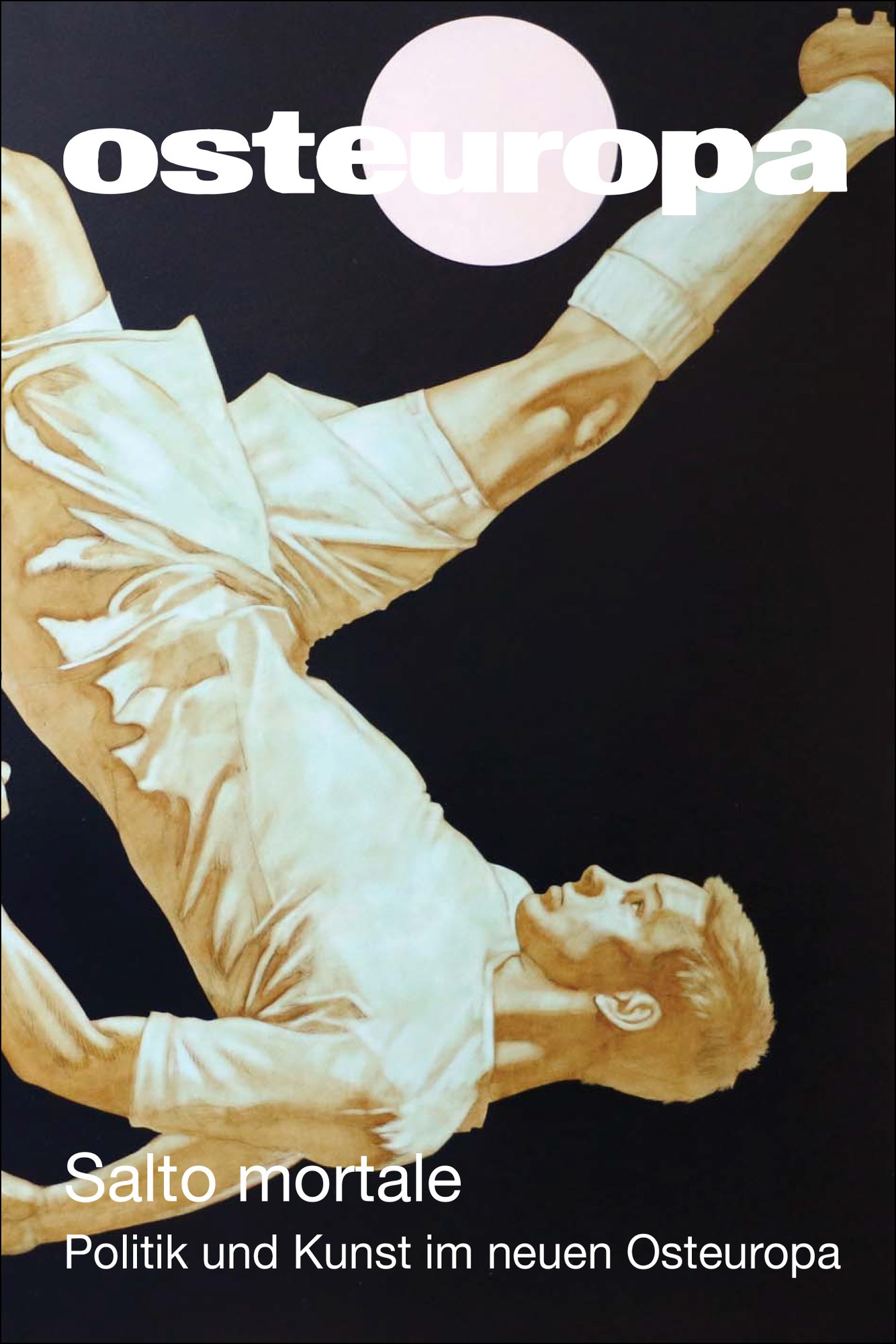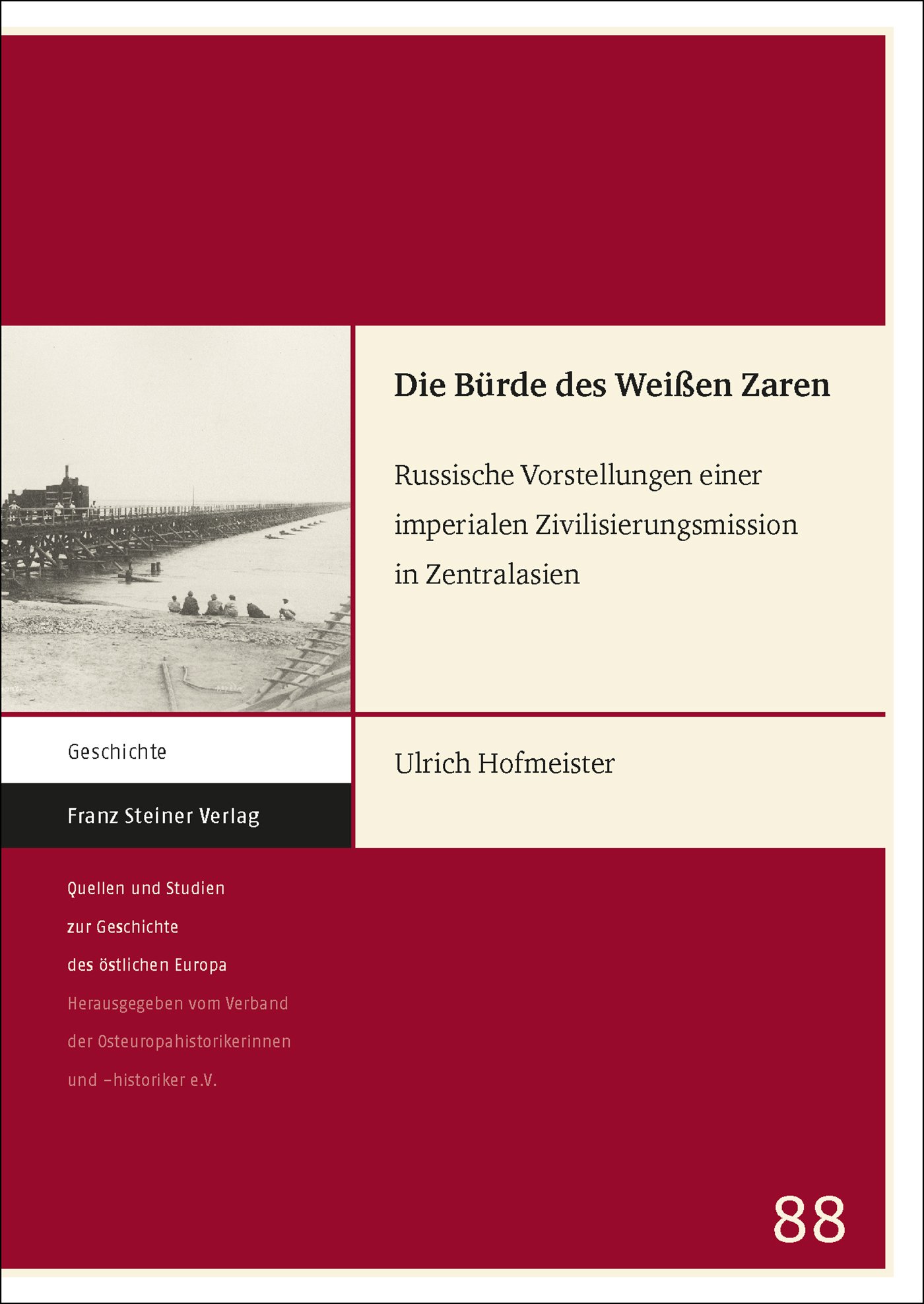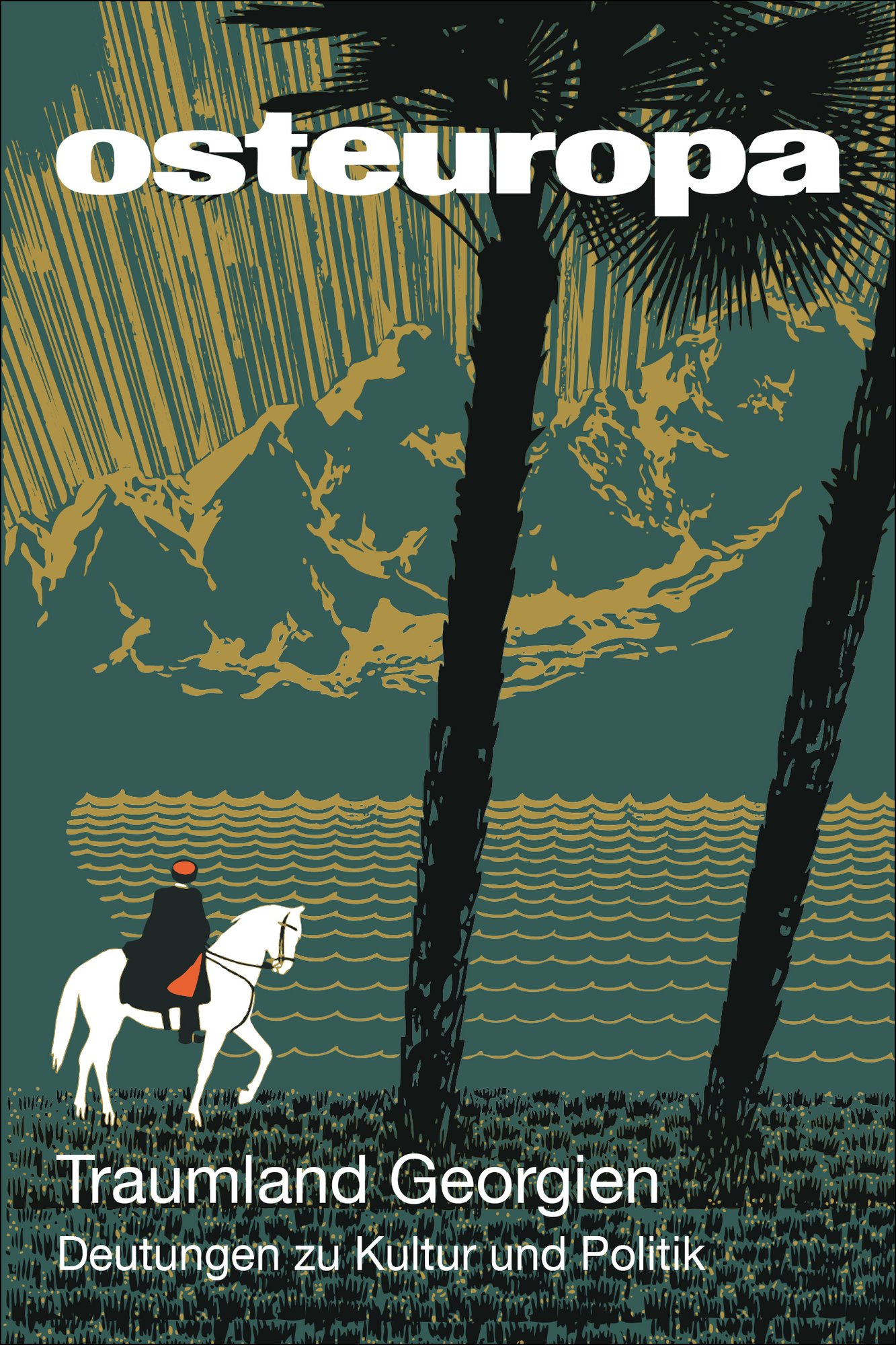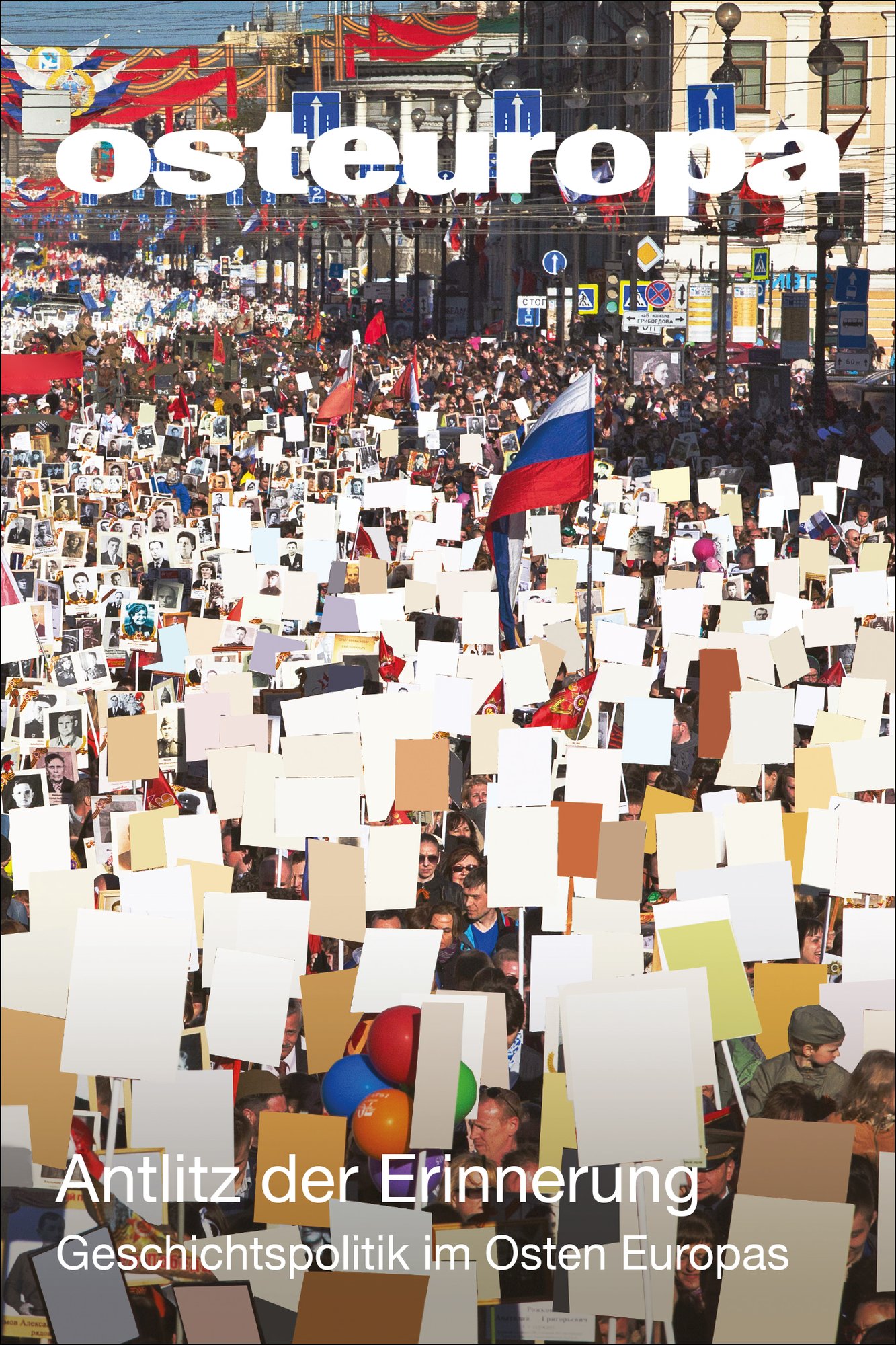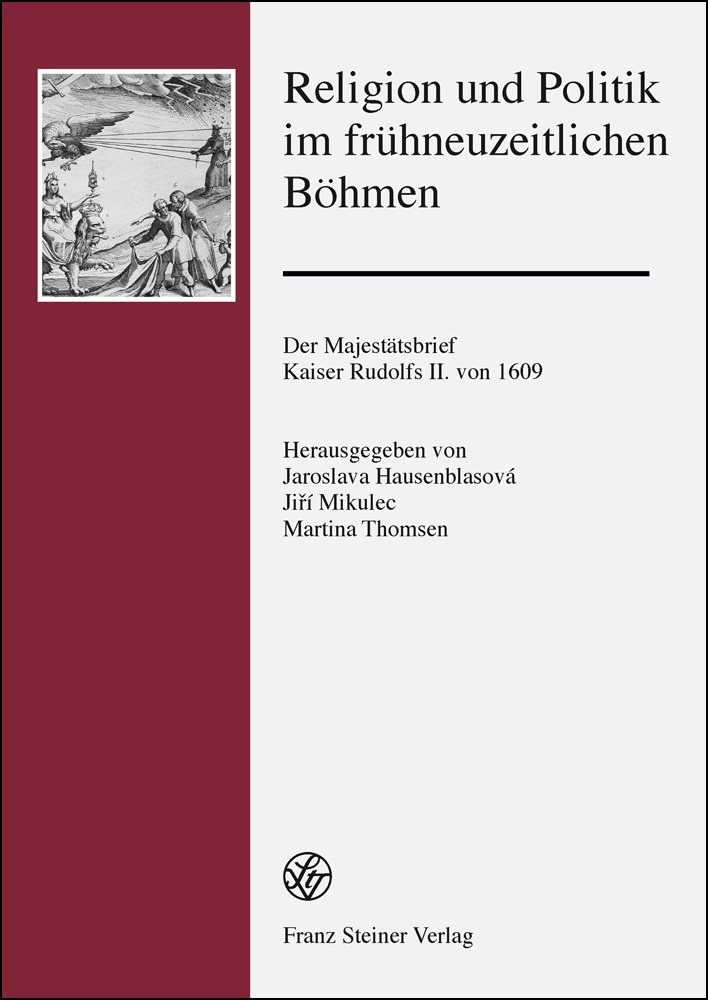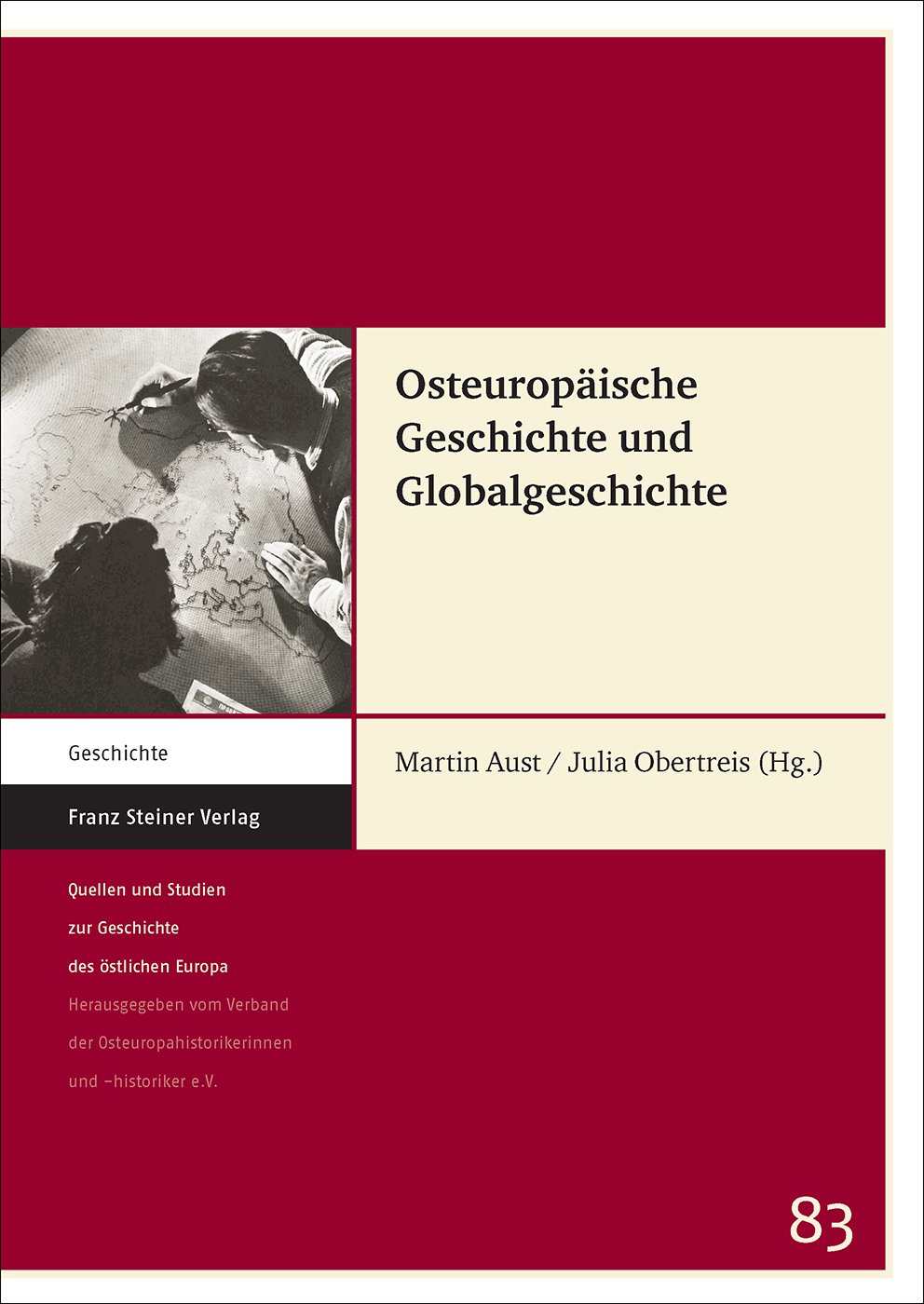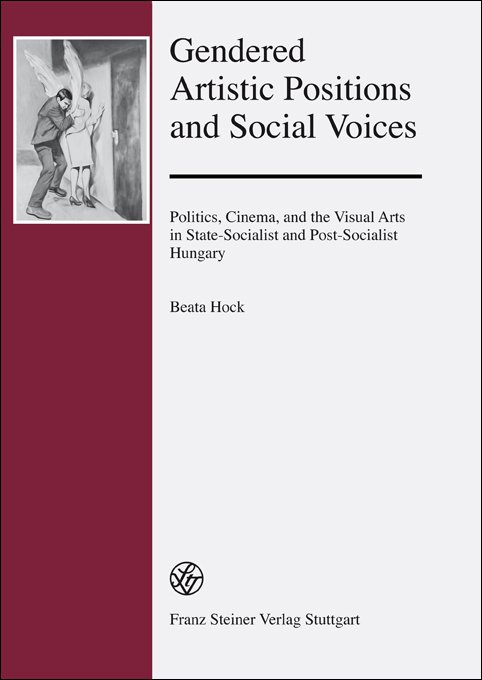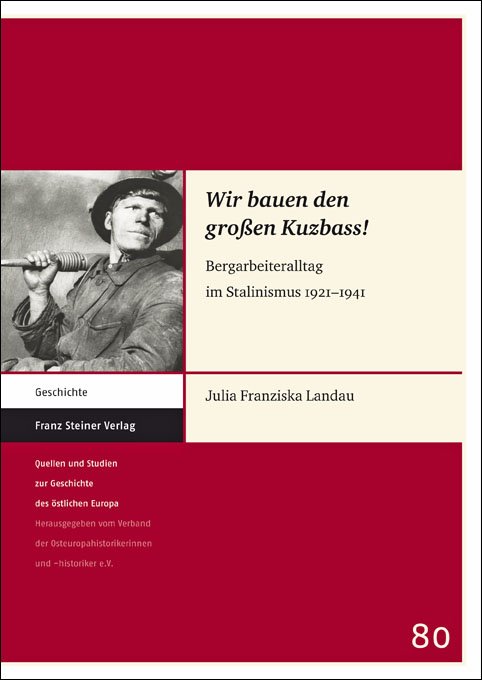Nomadische Lebenswelten und zarische Politik
Nomadische Lebenswelten und zarische Politik
Happel wrote a very informative, competent, and important book on a little known subject. His writing style is fluid, his analysis is thoughtful and nuanced, and his approach is creative.
Michael Khodarkovsky, Connections, 25.11.2011
Im Sommer 1916 scheiterte die russische Kolonialherrschaft in Zentralasien. Besonders die Nomaden, die sich in einem Aufstand zur Wehr setzten, revoltierten gegen die Zarenmacht. Sie kämpften gegen ihre Einberufung, gegen ihre Entrechtung und gegen die Wegnahme ihres Landes durch russländische Kolonistenfamilien. Wohl bis zu 200.000 Zentralasiaten und etwa 10.000 Russen und Ukrainer kamen in jenen blutigen Monaten ums Leben.
Jörn Happel beleuchtet die Auseinandersetzungen aus der Perspektive der handelnden Akteure. Der lebensweltlich orientierte Ansatz rückt die Menschen ins Zentrum der Beschreibung und ermöglicht es so, Kolonialherrschaft und Kolonialgeschichte neu zu deuten. Im Mittelpunkt der Darstellung steht die Geschichte zweier Männer während der Zeit des Aufstands: Vladimir Železnjakov war als zarischer Geheimpolizist für die Niederschlagung des Aufstands zuständig; der kasachisch-kirgisische Nomadenführer Kanat Abukin war einer seiner Hauptgegner. Und doch hatten sie in erstaunlich vielen Lebensbereichen sehr ähnliche Ansichten, wie sie spätestens bei ihrem Aufeinandertreffen feststellen mussten.
Die Arbeit wurde als hervorragende Dissertation mit dem Fritz-Theodor-Epstein-Preis des Verbandes der Osteuropahistorikerinnen und -historiker Deutschlands ausgezeichnet.
“Happel wrote a very informative, competent, and important book on a little known subject. His writing style is fluid, his analysis is thoughtful and nuanced, and his approach is creative. It is a work of a diligent scholar with creative thinking and nuanced interpretations. As such, there is every reason to look forward to his future publications.”
Michael Khodarkovsky, Connections 25.11.2011
“Ein lesenswertes und flüssig geschriebenes Buch, das wichtige Einsichten zum kontinentalkolonialen Charakter des Russischen Reiches und den Ursachen der Erhebung im umkämpften Landstrich Semirec'e bereithält.”
Dittmar Schorkowitz, Historische Zeitschrift 2012/294
“Happel [hat] einen sehr wichtigen Beitrag zur russischen Kolonialgeschichte geleistet, den man mit großem Gewinn liest.”
Franziska Davies, Jahrbücher für Geschichte Osteuropas 2014/62
“In the summer of 1916, the Russian Empire found itself fighting two wars. One of these is well known – the Great War against the Central Powers. But the other was a war well behind the lines against what turned out to be the last great anticolonial revolt of the tsarist era, the so-called Central Asian Uprising. […] Yet, despite its scale, this event barely draws a reference. […] Jörn Happel's excellent book, the first substantial treatment of the revolt by a Western historian in over a generation, will hopefully change this.”
Willard Sunderland, The Journal of Modern History 2012/4
“Sowohl unter methodischen Gesichtspunkten als auch im Hinblick auf ein vertieftes Verständnis der bis in die Gegenwart reichenden Situation in Zentralasien verdient die Arbeit als wichtiger Beitrag zur historischen Osteuropaforschung weite Aufmerksamkeit.”
Jörg Stadelbauer, Osteuropa 2011/11
“Jörn Happel's excellent book has finally plugged [a] gaping hole in the historiography. It is the first comprehensive account of the revolt based on archival sources, principally from Almaty but also from Moscow, Kazan, and Berlin. It will be of fundamental importance not just for historians of Central Asia, but for anyone seeking to understand the 'continuum of crisis' which first transformed and then destroyed the Tsarist state after 1914. Happel's approach is at once sweeping and minutely detailed. He frames his empirical material with discussions of colonial history and the nature of colonial power that help to tie this key episode in Central Asian history to broader themes. […] Happel's key contribution, however, is his use of the techniques of microhistory […] this book is a model of humane, empirical scholarship, which will hopefully accord the 1916 revolt the prominence it deserves in Russian and Central Asian history.”
Alexander Morrison, The Russian Review 2012/2
“The book is a welcome updating of our understanding of this important event. Happel was able to reanalyze documents that we previously had only in Soviet-edited versions, and he makes extensive use of new archival material. […] a fine and thorough addition to the literature.”
Shoshana Keller, Slavic Review 2012/1
| Series | Quellen und Studien zur Geschichte des östlichen Europa |
|---|---|
| Volume | 76 |
| ISBN | 978-3-515-09771-0 |
| Media type | Book - Paperback |
| Edition number | 1. |
| Copyright year | 2010 |
| Publisher | Franz Steiner Verlag |
| Length | 378 pages |
| Illustrations | 1 Karte |
| Size | 17.0 x 24.0 cm |
| Language | German |
